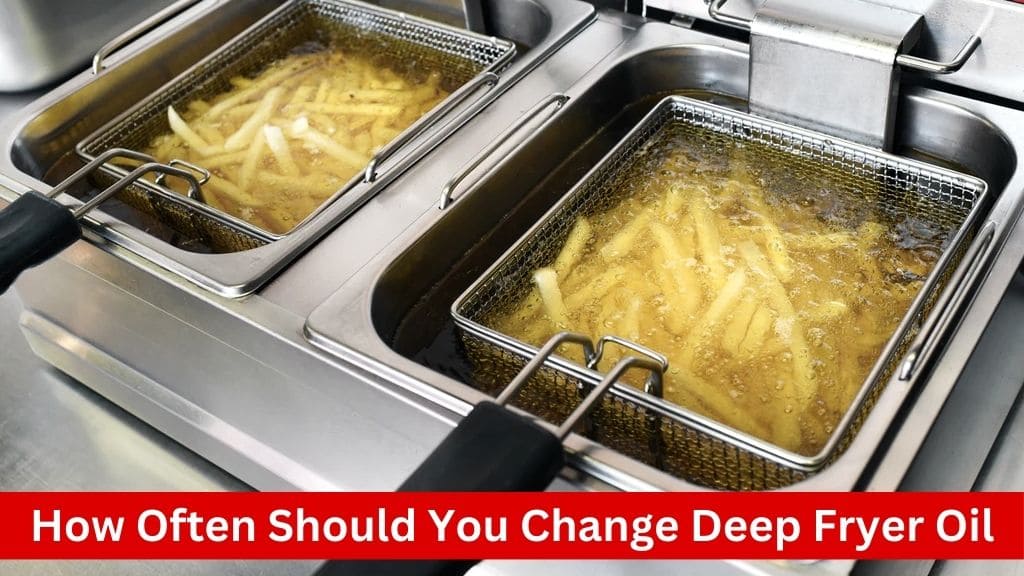Deep frying is a beloved cooking technique that imparts a crispy texture and rich flavor to a variety of foods, from crispy French fries to golden fried chicken. However, one crucial aspect of deep frying that is often overlooked is the maintenance of the frying oil. Over time, deep fryer oil can degrade, affecting the taste and quality of the fried foods as well as posing potential health risks. In this comprehensive guide, we’ll explore the factors that determine how often you should change your deep fryer oil and provide practical tips for extending the lifespan of your frying oil.
Understanding the Importance of Changing Deep Fryer Oil
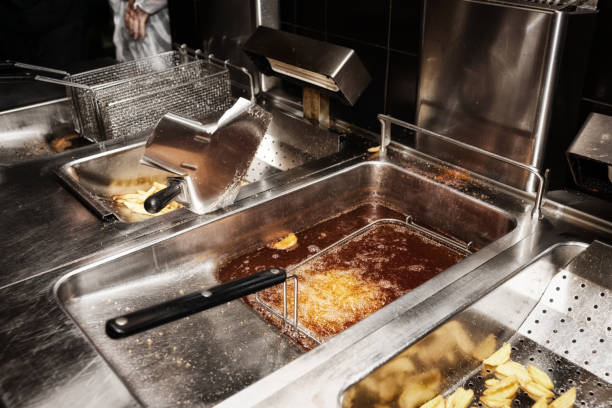
1. Preservation of Taste and Quality
Unchanged oil can lead to flavor degradation and diminished food quality. As oil undergoes repeated heating and exposure to food particles, it undergoes chemical changes that can alter its flavor profile. Over time, the oil may develop off-flavors, imparting undesirable tastes and odors to fried foods. Additionally, the breakdown of oil molecules can result in a loss of crispiness, compromising the texture of fried dishes. Regularly changing the oil ensures that fried foods maintain their intended flavor and texture, enhancing the overall dining experience.
2. Maintenance of Food Safety
Stale oil poses potential health risks due to the formation of harmful compounds. Repeated heating and reuse of oil can lead to the generation of toxic by-products, such as free radicals and acrylamide, which have been linked to adverse health effects. Consuming food cooked in rancid oil may expose individuals to these compounds, increasing the risk of gastrointestinal discomfort, inflammation, and long-term health issues. Changing the oil at appropriate intervals is essential for safeguarding food safety and minimizing health risks associated with deep frying.
3. Prevention of Oxidation and Rancidity
Unused oil undergoes oxidative degradation, leading to rancidity and reduced stability. Exposure to oxygen, heat, and light causes the oil’s molecular structure to break down, resulting in the formation of rancid compounds and off-flavors. These changes accelerate during the frying process, as the oil interacts with food components and undergoes thermal decomposition. Regularly changing the oil prevents the accumulation of rancid compounds, preserving its freshness and stability for optimal frying performance.
4. Reduction of Contaminants and Impurities
Used oil accumulates food particles and debris, increasing the risk of contamination. During the frying process, food residues, crumbs, and other impurities can accumulate in the oil, promoting microbial growth and degradation. These contaminants not only compromise the quality of fried foods but also pose food safety concerns. Changing the oil removes accumulated impurities, ensuring that subsequent batches of fried foods are free from contamination and maintain high standards of hygiene.
5. Enhancement of Culinary Excellence
Fresh oil is essential for achieving consistent and superior frying results. Chefs and culinary enthusiasts strive for excellence in their craft, seeking to create fried dishes that are impeccably crispy, golden, and delicious. Changing the oil regularly is integral to this pursuit, as it ensures that each batch of fried food is cooked in pristine oil, free from the influences of previous frying sessions. By maintaining the integrity of the frying medium, chefs can elevate the quality of their culinary creations and delight diners with exceptional fried fare.
Factors Influencing the Frequency of Oil Changes
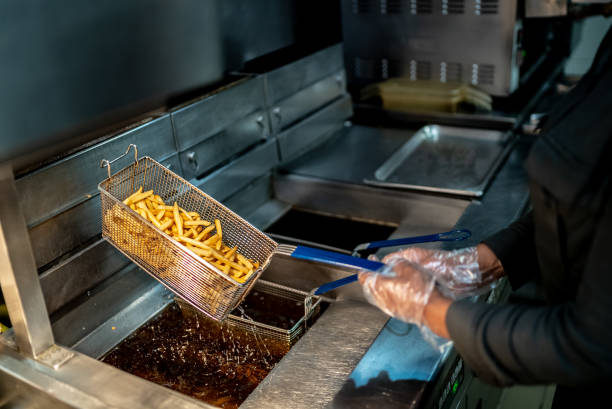
1. Type of Oil
Different types of oils exhibit varying levels of stability and tolerance to high temperatures. Oils with higher smoke points, such as canola, peanut, and sunflower oil, are more resistant to thermal degradation and suitable for prolonged deep frying. Conversely, oils with lower smoke points, such as olive oil and butter, are less heat-stable and prone to quicker deterioration during frying. The choice of oil used in the deep fryer directly impacts the frequency of oil changes, with oils high in polyunsaturated fats generally requiring more frequent replacement due to their susceptibility to oxidation.
2. Type of Food Being Fried
The composition and preparation of the food being fried can affect oil degradation rates. Foods that are heavily battered, breaded, or coated with flour tend to release more particles and debris into the oil during frying, accelerating its deterioration. Additionally, foods with higher moisture content, such as vegetables and seafood, may introduce water into the oil, increasing the risk of oil breakdown and contamination. Conversely, frying foods with minimal breading or coating may result in slower oil degradation and longer intervals between oil changes.
3. Frequency of Oil Filtration
Regular filtration of deep fryer oil helps remove impurities and extend its usable lifespan. Filtration involves passing the oil through a fine mesh or filter to remove food particles, crumbs, and other debris that accumulate during frying. Frequent filtration prevents the buildup of contaminants and maintains the clarity and quality of the oil. The frequency of oil filtration can vary depending on the volume of frying activity and the type of food being fried, with high-volume operations typically requiring more frequent filtration to preserve oil integrity.
4. Temperature Control
Proper temperature management during deep frying is crucial for minimizing oil degradation. Excessive heating of the oil beyond its smoke point can accelerate oxidative processes and lead to the formation of rancid compounds. Maintaining the frying temperature within the recommended range helps preserve the stability and quality of the oil. Monitoring the temperature of the fryer and adjusting it as needed can contribute to longer intervals between oil changes and ensure consistent frying performance.
5. Duration of Frying Sessions
Extended frying sessions can increase oil degradation and necessitate more frequent oil changes. Prolonged exposure to high temperatures and continuous frying can accelerate oil breakdown and promote the formation of undesirable compounds. Limiting the duration of frying sessions and allowing the oil to cool between batches can help mitigate the effects of thermal stress on the oil. Additionally, rotating oil batches or using multiple fryers can distribute frying loads more evenly and extend the lifespan of the oil.
6. Maintenance Practices
Proper maintenance of the deep fryer and oil storage equipment is essential for prolonging oil usability. Regular cleaning and inspection of the fryer, including the removal of sediment and debris, prevent contamination and maintain optimal frying conditions. Additionally, storing oil in clean, airtight containers away from heat, light, and moisture helps preserve its freshness and quality. Implementing sound maintenance practices ensures that the oil remains in optimal condition for longer periods, reducing the frequency of oil changes and minimizing waste.
Guidelines for Changing Deep Fryer Oil
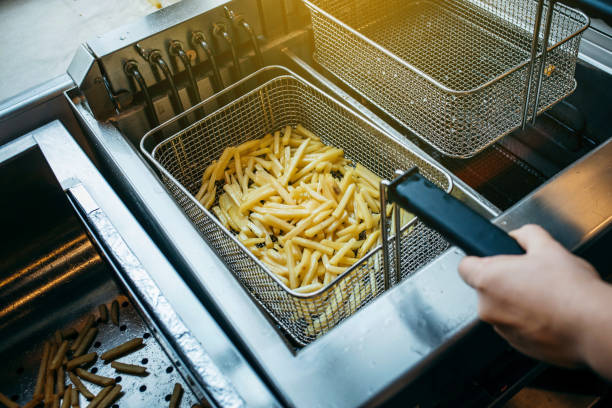
1. General Recommendations
Establish general guidelines based on the type of food being fried and the frequency of use. While specific factors such as oil type and filtration practices influence the interval between oil changes, general recommendations provide a baseline for oil management. Consider factors such as the volume of frying activity, the type of foods typically fried, and the expected lifespan of the oil under optimal conditions.
2. Observation of Oil Characteristics
Regularly monitor the color, odor, and consistency of the frying oil to identify signs of degradation. Visual and sensory cues can indicate changes in oil quality and integrity. Look for signs such as darkening of the oil, a pungent or rancid odor, and a thick or viscous consistency, which may indicate the presence of rancid compounds and degradation products.
3. Frequency of Use
Adjust the frequency of oil changes based on the frequency of use and the type of food being fried. Foods that release more particles and debris into the oil, such as heavily breaded or battered items, may require more frequent oil changes to maintain quality. Conversely, foods with minimal breading or coating may allow for longer intervals between oil changes.
4. Type of Food Being Fried
Tailor oil change intervals to the specific requirements of the foods being fried. Consider the moisture content, coating thickness, and frying duration of different food items when determining the optimal frequency of oil changes. Foods that require longer frying times or release more debris into the oil may necessitate more frequent changes to maintain oil quality.
5. Straining and Filtration Practices
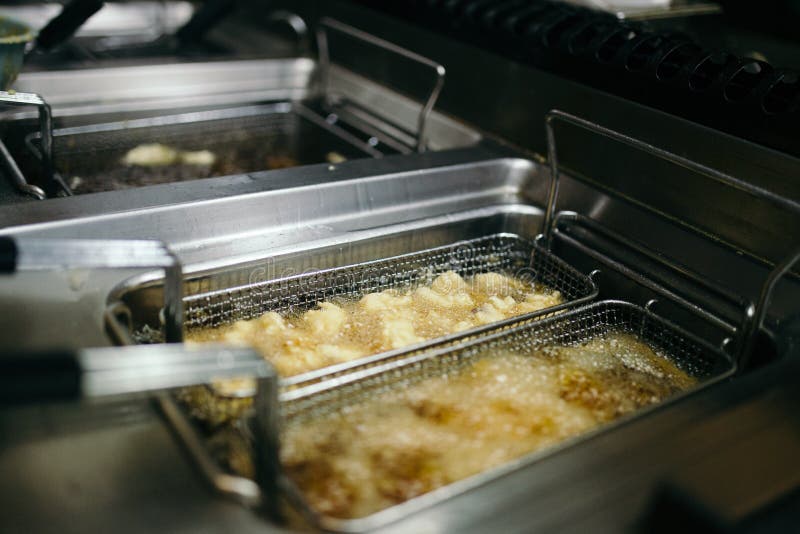
Implement regular straining and filtration procedures to remove food particles and impurities from the oil. Straining the oil after each use helps remove larger debris, while periodic filtration with fine mesh or filter paper removes finer particles that contribute to oil degradation. Establish a schedule for oil filtration based on the volume of frying activity and the condition of the oil.
6. Temperature Control
Monitor and maintain frying temperatures within the recommended range to minimize oil degradation. Excessive heating can accelerate the breakdown of oil molecules and promote the formation of rancid compounds. Use a thermometer to monitor oil temperature during frying and adjust heat settings as needed to maintain optimal frying conditions.
7. Observation of Food Quality
Evaluate the quality and appearance of fried foods to assess the performance of the frying oil. Changes in the texture, color, and flavor of fried foods may indicate degradation of the oil. Pay attention to customer feedback and observations of food quality to identify potential issues with the frying oil and adjust oil change intervals accordingly.
8. Manufacturer Recommendations
Refer to manufacturer guidelines and recommendations for specific deep fryer models and oil types. Manufacturers may provide specific instructions for oil maintenance and replacement based on the design and specifications of their equipment. Follow manufacturer recommendations to ensure optimal performance and longevity of the deep fryer and frying oil.
9. Regulatory Compliance
Adhere to food safety regulations and guidelines governing the use and disposal of frying oil. Ensure compliance with local health and safety regulations regarding the storage, handling, and disposal of used frying oil. Maintain accurate records of oil change intervals and disposal practices to demonstrate compliance with regulatory requirements.
Health Risks Associated with Reusing Oil
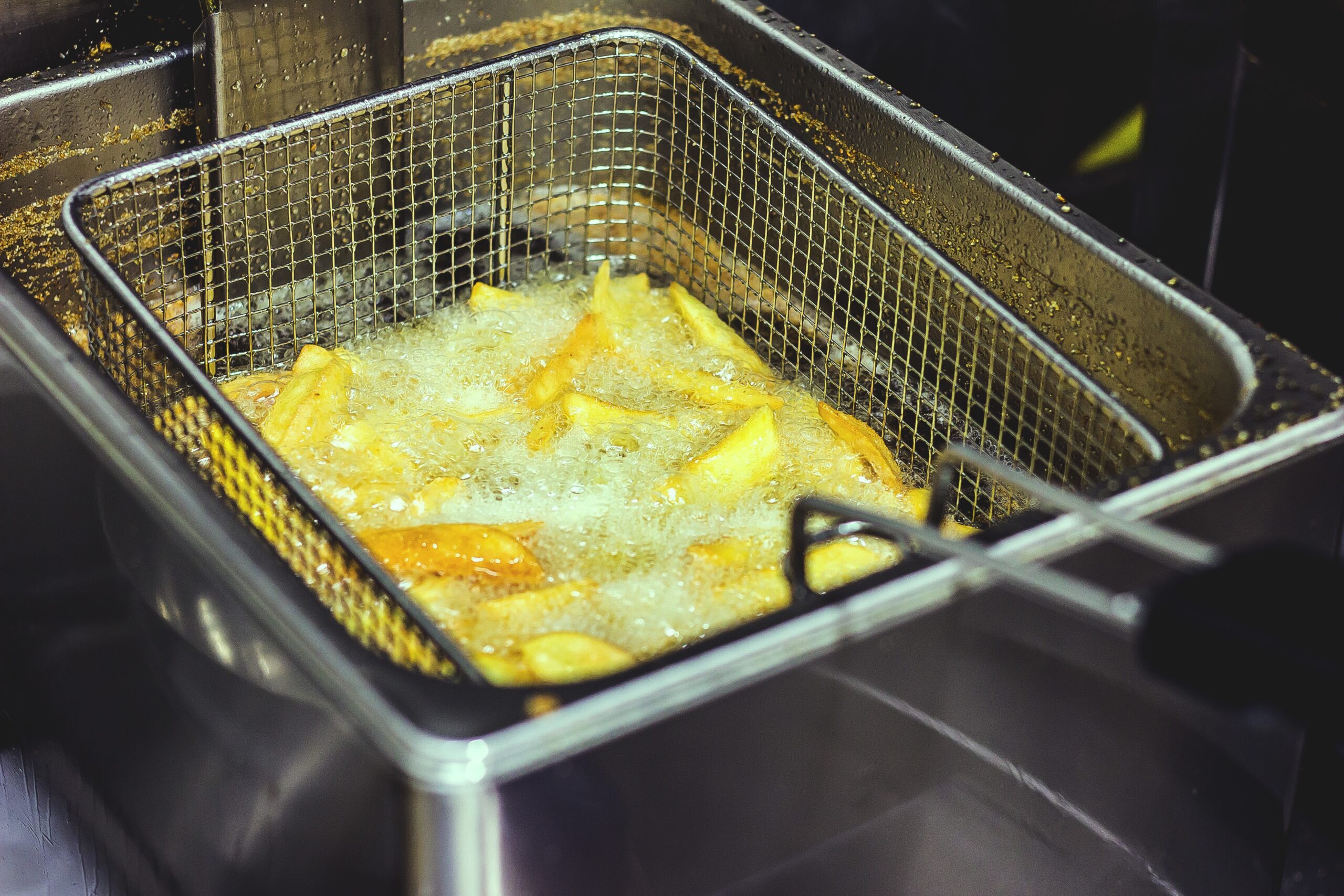
1. Formation of Carcinogenic Compounds
Repeated heating and reuse of deep fryer oil can lead to the formation of carcinogenic compounds. When oil is subjected to high temperatures, especially in the presence of food particles and oxygen, chemical reactions occur that result in the production of harmful substances such as acrylamide, polycyclic aromatic hydrocarbons (PAHs), and heterocyclic amines (HCAs). These compounds have been linked to an increased risk of cancer, particularly gastrointestinal and colorectal cancers.
2. Increase in Oxidative Stress
Consumption of rancid oil can contribute to oxidative stress and inflammation in the body. Rancid oil contains oxidized fats and free radicals, which can promote oxidative damage to cells, tissues, and organs. Chronic exposure to oxidative stress has been implicated in the development of various health conditions, including cardiovascular disease, neurodegenerative disorders, and metabolic syndrome.
3. Elevation of LDL Cholesterol Levels
Regular consumption of food fried in degraded oil can elevate levels of LDL (low-density lipoprotein) cholesterol, increasing the risk of cardiovascular disease. Repeated heating and reuse of oil can lead to the formation of trans fats, oxidized cholesterol, and other lipid peroxidation products, which can contribute to the accumulation of plaque in the arteries and the development of atherosclerosis. Elevated LDL cholesterol levels are a major risk factor for heart disease, stroke, and other cardiovascular complications.
4. Gastrointestinal Discomfort
Consuming food cooked in rancid oil may cause gastrointestinal discomfort and digestive issues. Rancid oil contains compounds that can irritate the lining of the stomach and intestines, leading to symptoms such as bloating, gas, abdominal pain, and diarrhea. Prolonged exposure to rancid oil may disrupt gut health and contribute to chronic digestive disorders, such as irritable bowel syndrome (IBS) and inflammatory bowel disease (IBD).
5. Compromised Nutritional Quality
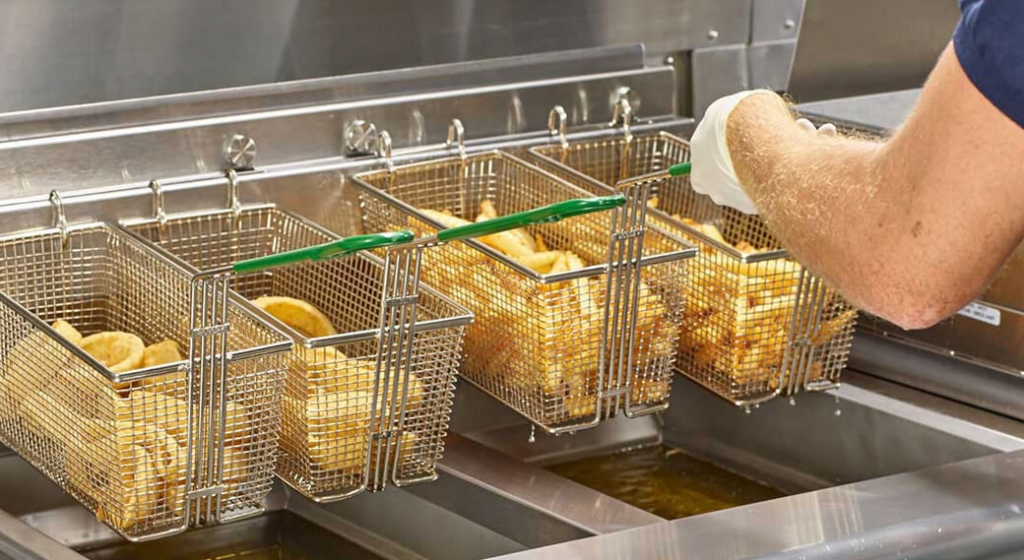
Reusing oil can result in the degradation of essential nutrients and the loss of nutritional value in fried foods. As oil undergoes repeated heating and exposure to oxygen, heat-sensitive vitamins and antioxidants may be destroyed, reducing the nutritional content of fried foods. Additionally, the formation of harmful compounds in rancid oil can overshadow any potential health benefits of the fried foods, leading to a net negative impact on overall nutrition.
6. Risk of Foodborne Illness
Contaminated or degraded oil can serve as a breeding ground for bacteria, fungi, and other pathogens, increasing the risk of foodborne illness. Reusing oil without proper filtration and maintenance practices can promote microbial growth and contamination, posing a threat to food safety. Consumption of foods fried in contaminated oil may result in food poisoning and gastrointestinal infections, particularly in vulnerable populations such as children, elderly individuals, and immunocompromised individuals.
7. Inflammatory Response
Consumption of rancid oil can trigger an inflammatory response in the body, contributing to chronic inflammation and immune dysfunction. Oxidized fats and inflammatory mediators present in rancid oil can activate the body’s immune system and promote the release of pro-inflammatory cytokines. Chronic inflammation has been implicated in the pathogenesis of numerous diseases, including autoimmune disorders, chronic pain conditions, and allergic reactions.
8. Impaired Nutrient Absorption
Regular consumption of rancid oil may impair the absorption and utilization of essential nutrients by the body. Rancid oil contains compounds that can interfere with the absorption of vitamins, minerals, and other micronutrients in the digestive tract, leading to nutritional deficiencies and metabolic imbalances. Impaired nutrient absorption can compromise overall health and increase the risk of chronic diseases associated with nutrient deficiencies.
Tips for Extending the Lifespan of Deep Fryer Oil

1. Regular Filtration and Straining
Implement a regular schedule for filtering and straining deep fryer oil to remove food particles and impurities. Use a fine mesh strainer or filter paper to strain the oil after each use, removing debris and sediment that can accelerate oil degradation. For high-volume frying operations, consider investing in commercial-grade filtration equipment for more efficient oil management.
2. Temperature Control
Monitor and maintain frying temperatures within the recommended range to minimize oil degradation. Avoid overheating the oil, as excessive temperatures can accelerate the breakdown of oil molecules and promote the formation of rancid compounds. Use a thermometer to monitor oil temperature during frying and adjust heat settings as needed to maintain optimal frying conditions.
3. Proper Storage
Store deep fryer oil in clean, airtight containers away from heat, light, and moisture to preserve its freshness and quality. Choose opaque containers that shield the oil from light exposure, as prolonged exposure to light can promote oxidation and degradation. Store the oil in a cool, dark location, such as a pantry or cupboard, to prevent temperature fluctuations that can affect oil stability.
4. Rotation of Oil Batches
Rotate oil batches to distribute frying loads more evenly and prolong the lifespan of the oil. Use multiple fryers or designate specific batches of oil for different types of foods to minimize cross-contamination and maintain oil integrity. Rotate oil batches regularly to prevent overuse and extend the usability of each batch.
5. Monitoring Oil Quality
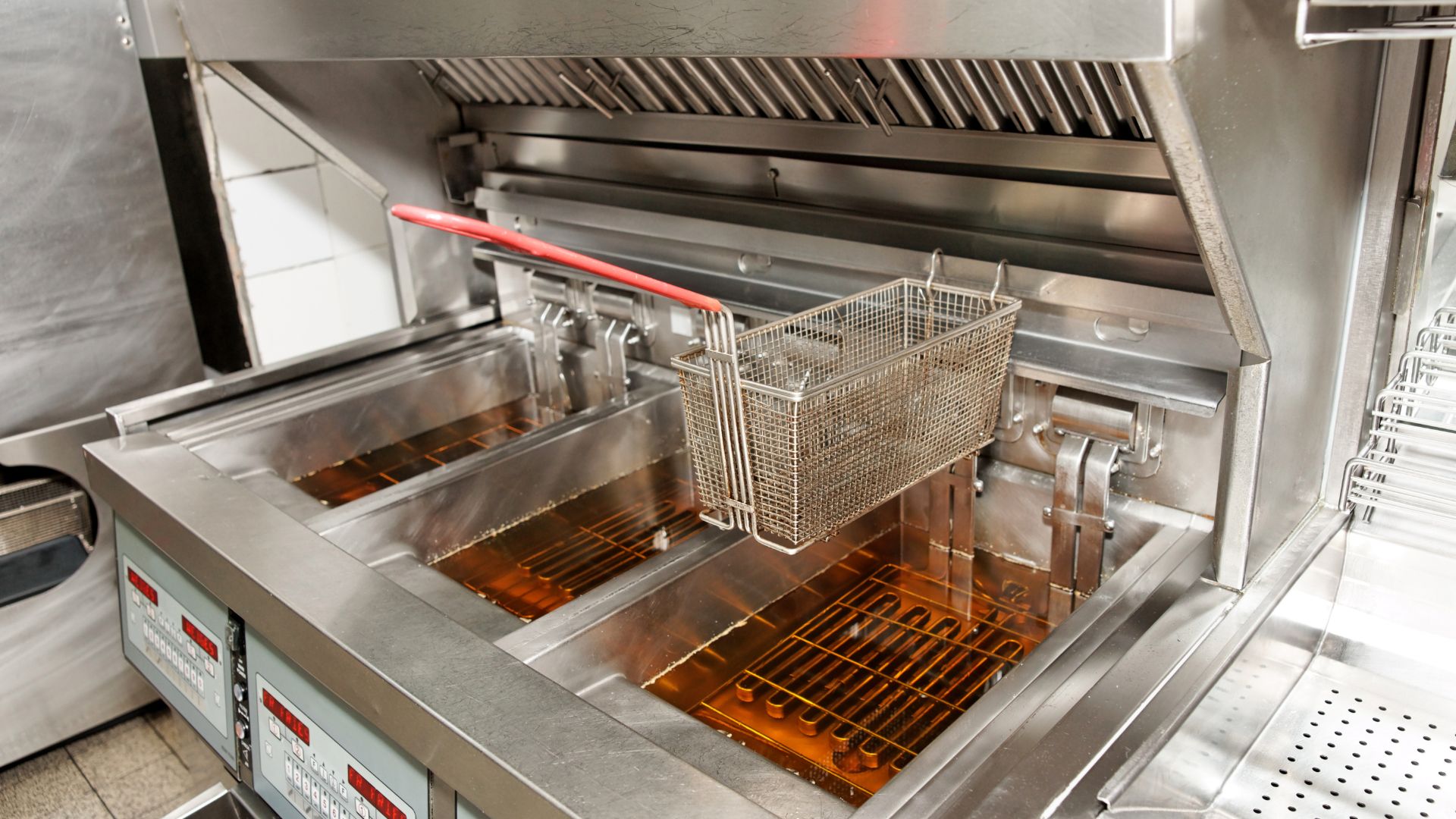
Regularly monitor the color, odor, and consistency of deep fryer oil to assess its quality and determine the need for replacement. Look for signs of degradation, such as darkening of the oil, a rancid or burnt odor, and a thick or viscous consistency, which may indicate the presence of rancid compounds and degradation products. Develop a system for tracking oil usage and replacement intervals based on observed changes in oil quality.
6. Proper Oil Straining After Use
Strain the oil thoroughly after each use to remove food particles and debris that can accelerate oil degradation. Allow the oil to cool slightly before straining to avoid splattering and burns. Use a fine mesh strainer or filter paper to remove particles and impurities, ensuring that the oil remains clean and free from contaminants.
7. Minimizing Oil Exposure
Minimize exposure of deep fryer oil to oxygen, moisture, and heat to prevent oxidation and degradation. Keep the fryer covered when not in use to shield the oil from air and moisture, which can promote rancidity and spoilage. Avoid leaving oil in the fryer for extended periods between uses, as prolonged exposure to air can accelerate oil degradation.
8. Regular Cleaning and Maintenance
Clean and maintain the deep fryer regularly to prevent the buildup of residue, debris, and contaminants that can affect oil quality. Follow manufacturer guidelines for cleaning and maintenance procedures, including thorough cleaning of fryer baskets, heating elements, and oil reservoirs. Remove accumulated sediment and debris from the fryer to ensure optimal frying conditions and prolong the lifespan of the oil.
Conclusion
Deep frying is a popular cooking method that requires proper attention to ensure food quality and safety. Regularly changing deep fryer oil is essential for maintaining the taste, texture, and nutritional quality of fried foods, as well as minimizing health risks associated with rancid oil consumption. By understanding the factors influencing oil degradation and following best practices for oil maintenance, home cooks and professional chefs can enjoy delicious fried dishes while promoting health and safety in the kitchen.

